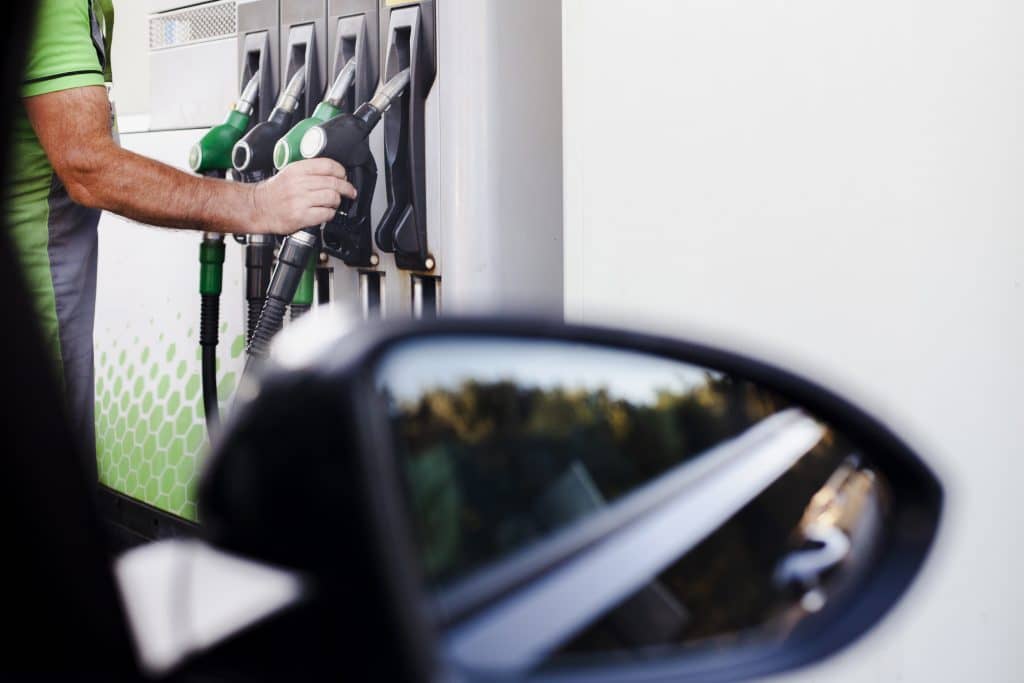The ANP’s most recent data on sales of hydrated ethanol at pumps brought both negative and positive surprises. The negative one came from the closing of the year’s total volume, which showed a 4.49% decrease in the demand of 16.034 bln liters in 2023 compared to sales at filling stations of 16.778 bln liters in 2022. The positive surprise is that this decrease by almost 4.5% in the total volume of 2023 was only negatively influenced by the weaker pattern of demand in the first and second quarters of the year. In the second half of 2023, a new pattern of consumption began to be observed, which will start influencing the stronger demand pattern to be seen in 2024.
This is exactly why Safras & Mercado already estimates that 2024 will see a total consumption of 19.56 bln liters of hydrated ethanol at the pumps, with a predicted monthly average of 1.63 bln liters. The total volume must account for an increase of 21.08% over the recently completed 2023 demand of 16.034 bln liters. Another important detail is that both the accumulated stocks at the end of the current off-season and the volume of cane available to be crushed next season will support the production of enough hydrated ethanol to meet this growth in demand.
It is still necessary to maintain the current levels of competitiveness of hydrated ethanol against gasoline, which have recently benefited from the high in ICMS on the latter, without a possible low in fossil fuel prices as a counterpart to the high in the fuel. This could neutralize the already observed competitiveness gains of hydrated ethanol. Regarding the lower demand in 2023, Safras & Mercado points out that the final balance of sales for the year was negatively impacted by weaker demand between January and July, when monthly consumption ranged between 1.05 and 1.26 bln liters.
From August onward, with hydrated ethanol achieving greater levels of competitiveness compared to gasoline in several Brazilian states, the monthly demand pattern began to oscillate between 1.39 and 1.60 bln liters per month. Yet, that was not strong enough to surpass the previous year’s total volume and only neutralized a decrease in demand that could have been double digits. In December alone, the internal demand for hydrated ethanol at the pumps was 1.85 bln liters, up 39% YoY, up 15% in the margin, and 8% from the five-year average in the same period.
Clearly, this higher consumption occurred due to two vectors. The first one was the seasonality of the period, with December being the month with the highest consumption of the year, and the overlapping of Christmas and New Year with school holidays. Furthermore, the intense level of competitiveness of hydrated ethanol against gasoline in important consumer states in the country made this seasonally higher demand pattern be captured by hydrated ethanol with relative ease. Proof of this are the market share patterns of Otto Cycle fuels.
In December, hydrated ethanol accounted for 26.08% of sales, considering gasoline, anhydrous and hydrated ethanol, while gasoline accounted for 57.98% of consumption. Anhydrous ethanol had a share of 15.94% of demand. Since the beginning of the movement to expand the hydrated ethanol market share, in May 2023, it has already accumulated an increase of 7.65%. In turn, gasoline has accumulated a loss of 6.00% in its market share in the same period, while anhydrous ethanol has accumulated a 1.65% decrease since May 2023.

